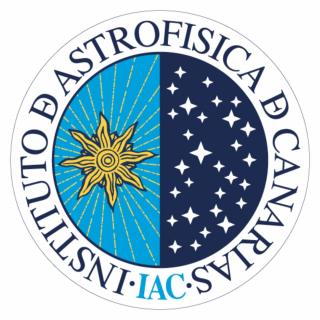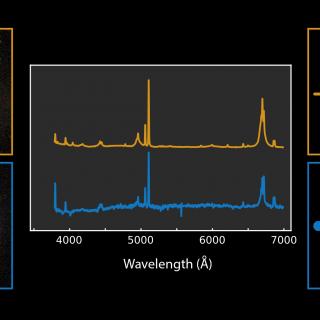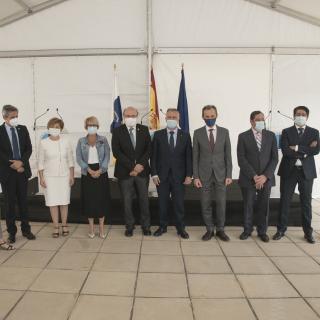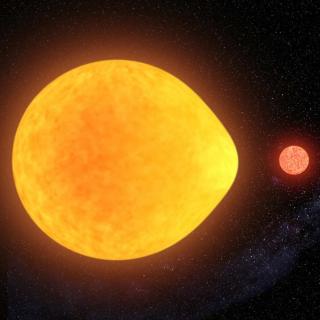
The Teide Observatory (OT) is situated in the Nature Park of the High Forest. The National Institute of Astrophysics (INAF) of Italy (one of the signatories of the International Agreement of the Canary Observatories) in 2019 asked the IAC to explore the viability of an installation of Cherenkov telescopes (project ASTRI) in the OT. This project, if it comes to fruition, will be completely financed by Italy and will comprise the most advanced astrophysical installation of the Teide Observatory in the last 30 years. It will also provide observations of the internal structure of the Teide
Advertised on




